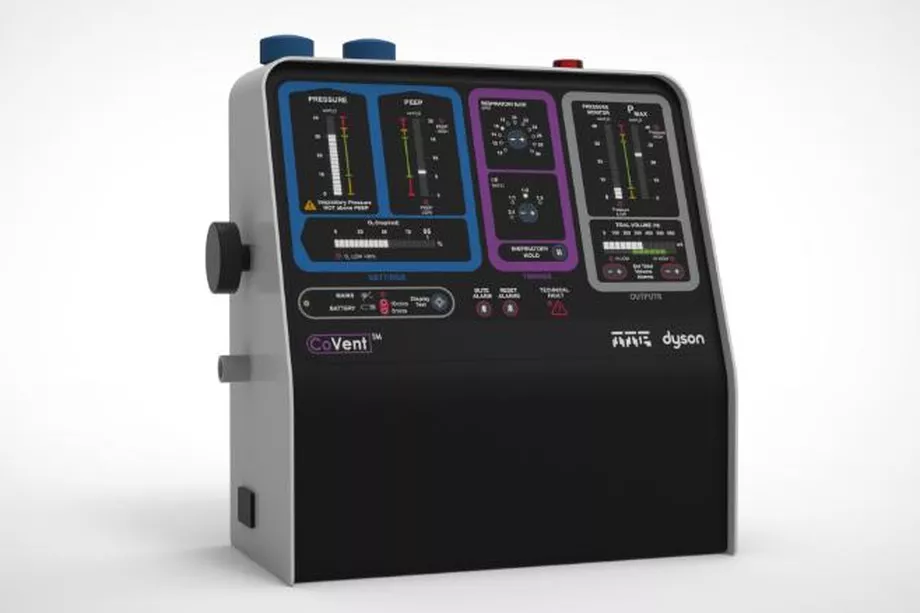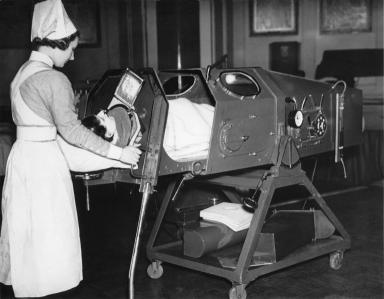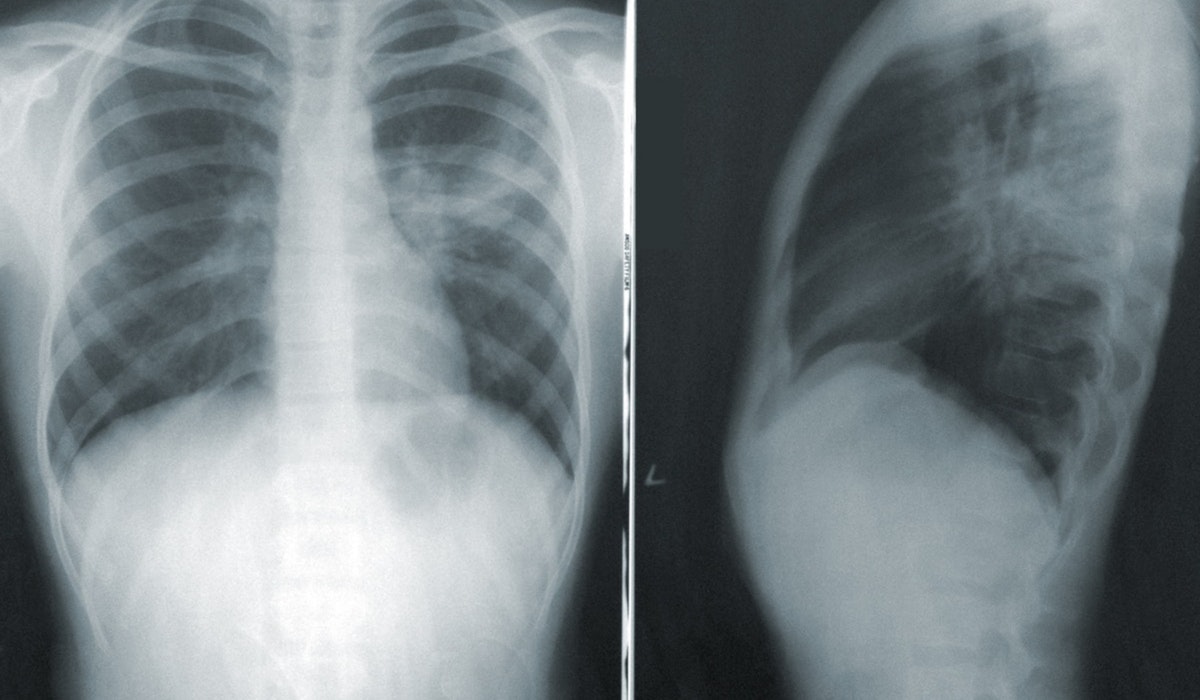ARTICLE SUMMARY:
The medical device industry has taken center stage globally during the COVID-19 pandemic, given the critical shortage of life-preserving ventilators. This now-essential mechanical breathing device has its origins in the sinister-looking iron lung, which was first used to treat polio patients with respiratory failure during that much-feared epidemic in the early- to mid- 20th century.
Ventilators—life-sustaining mechanical systems used to deliver oxygen to the lungs of patients who are physically unable to breathe or are breathing insufficiently—have captured the world’s attention and the news headlines as an increasingly scarce but critical device in the fight against COVID-19, especially in the developing world. As the number of diagnosed novel coronavirus cases approaches one million worldwide as of March 31—only 20 days after the World Health Organization declared it a global pandemic—many entities have jumped in with creative solutions.
MIT researchers have invented an open-source ventilator that can be built for less than $500, and some hospitals are working to convert anesthesia machines so that they can provide breathing assistance. Medical device as well as car companies including Ford (working with 3M and GE Healthcare), Tesla, and General Motors, are working to repurpose existing, idle manufacturing facilities or otherwise assisting with the logistics of producing the life-saving breathing machines, as well as ensure business continuity. (The reality, though, is that this transition may be tough to accomplish in a short timespan; companies can’t move from making cars one day and ventilators the next. During World War II, automakers were more easily able to shift to making tanks and planes because they were more closely related to cars and trucks.)
 Even the UK-based vacuum cleaner company Dyson has stepped up to this global challenge by designing and building its CoVent ventilator, pictured here, all in just 10 days. The company plans to produce thousands of the easy-to-manufacture, portable devices for the NHS, and will donate thousands to the international COVID-19 effort.
Even the UK-based vacuum cleaner company Dyson has stepped up to this global challenge by designing and building its CoVent ventilator, pictured here, all in just 10 days. The company plans to produce thousands of the easy-to-manufacture, portable devices for the NHS, and will donate thousands to the international COVID-19 effort.
The advent of the ventilator as a mechanical device for treating patients with acute respiratory failure took hold during another serious health crisis: the polio virus epidemic that took place between approximately 1916 and 1955. Polio was considered the most-feared childhood disease of the 20th century. It affects the nervous system, often causing paralysis. In the late 1940s, polio outbreaks in the US increased in frequency and size, crippling an average of more than 35,000 people each year. In a scenario that sounds eerily familiar to us now, travel and commerce between affected US cities was sometimes  restricted, and public health officials imposed quarantines on homes and towns where polio cases were diagnosed. The number of cases peaked in the US at 57,879 in 1952, resulting in 3,145 deaths that year.
restricted, and public health officials imposed quarantines on homes and towns where polio cases were diagnosed. The number of cases peaked in the US at 57,879 in 1952, resulting in 3,145 deaths that year.
In 1928, the Drinker respirator, also known as an iron lung, was invented to treat patients whose breathing muscles had been paralyzed by polio. The device was invented by Philip Drinker and Louis Agassiz Shaw, Jr., professors of industrial hygiene at the Harvard School of Public Health. The iron lung was powered by an electric motor with air pumps from two vacuum cleaners. The air pumps changed the pressure inside a rectangular, airtight metal box, pulling air in and out of the lungs.
The first clinical use of the Drinker respirator on a human was in October 1928, at Boston Children's Hospital. The subject was an eight-year-old girl who was nearly dead as a result of respiratory failure due to polio. Her dramatic recovery, within one minute of being placed in the chamber, helped popularize the new device. Ultimately, polio was conquered in 1955 by a vaccine developed by Jonas Salk and his team at the University of Pittsburgh. The CDC reports that the US has been polio-free since 1979, but it is still a threat in some countries.
For more information on innovative medical technologies making an impact on the COVID-19 pandemic, see our team’s insightful related content on this page, and the growing archive of complimentary Coronavirus Analysis articles on our content portal.
#criticalcare #coronavirus #COVID19 #pandemic #ventilator #respiratory #pulmonary #polio #paralysis #ironlung #Dyson #CoVent #NHS #Tesla #Ford #GeneralMotors #MIT #3M #GEHealthcare #anesthesia #Drinkerrespirator #PhilipDrinker #LouisAgassizShaw #Harvard #JonasSalk #vaccine #CDC #repurposing #repurpose #InMedtechHistory #WHO #ICU #medicaldevice #medtech #CommunityBlog #MedTechStrategist #MyStrategist #tracyschaaf
![]() Trial MyStrategist.com and unlock 7-days of exclusive subscriber-only access to the medical device industry's most trusted strategic publications: MedTech Strategist & Market Pathways. For more information on our demographics and current readership click here.
Trial MyStrategist.com and unlock 7-days of exclusive subscriber-only access to the medical device industry's most trusted strategic publications: MedTech Strategist & Market Pathways. For more information on our demographics and current readership click here.
